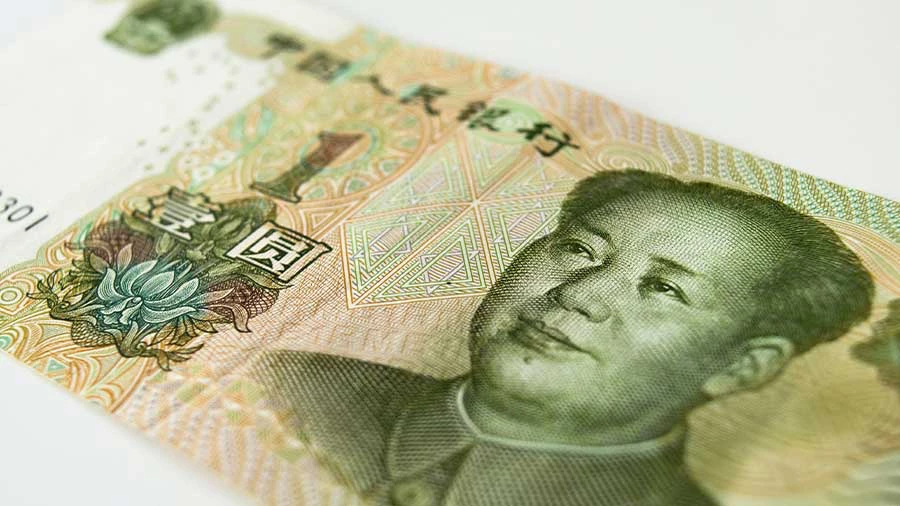Current China policies indicate a favorable investment environment for vocational education but foreign investors are advised to conduct proper due diligence on the scope of their market participation prior to market entry or expansion plans. The Vocational Education Law, passed April 20, 2022, has upgraded the status of this education segment, which is aligned with China's overall ambitions for higher quality growth.
Legal and regulatory overhauls to China’s education system in recent years have thrown what was once one of the most lucrative sectors for foreign investors into disarray. Yet, while most education industries in China are becoming more restrictive to private investment, vocational education continues to be encouraged by the government.
On April 20, 2022, the Standing Committee of the National People’s Congress passed the revised Vocational Education Law (the “Law”). The Law, which came into effect on May 1, 2020, upgrades the status of vocational education in China and encourages enterprises and schools to improve their vocational education capacity.
The Law is one of several measures that the government has released that is poised to strengthen the country’s vocational education system. Facing a changing manufacturing landscape and increasing demand for skilled workers, the Chinese government is promoting investment in vocational education with increasing urgency to improve the technical capabilities of its workforce.
Elevating vocational education
The Law eliminates the distinction between secondary schools and secondary vocational schools, while encouraging traditional secondary schools to offer courses on vocational education subjects. According to the Law, vocational education is equally important to general education, and consequently vocational education graduates should enjoy equal education and career opportunities.Before the new Law, middle school students could enroll in either traditional secondary schools or vocational secondary schools depending on the quality of their exam scores. As a result, students with poor grades often went to vocational secondary schools, feeding into the social perception that students should avoid such schools.
Policymakers hope that these provisions will improve the social perception of vocational education, which is generally viewed as inferior to general education. Vocational education’s poor reputation in China is a contributor to talent shortages in technical vocations, as many students avoid pursuing vocational education because of social norms and expectations.
In addition to elevating the status of vocational education, the Law contains other measures to improve the quality of China’s vocational education system. The Law states that China should have a modern vocational education system basically in place by 2025, with improved conditions and quality. By 2035, China should have a world-leading vocational education system, and the social status of technical and skilled workers should be greatly improved.
The Law also contains multiple provisions encouraging international cooperation, including to establish Sino-foreign cooperative education projects and expand exchange platforms. These provisions also encourage Chinese vocational education schools to go abroad alongside the globalization of Chinese companies.
A changing regulatory environment
The vocational education reforms come within the context of significant changes to China’s education system. Many of these reforms have limited the space for private and foreign investment in education – but not for vocational education.Amid the “Common Prosperity” drive, which in part seeks to alleviate burdens on students and decommodify the education sector, Chinese regulators banned for-profit tutoring in July 2021. Earlier, in May 2021, the government released regulations that strengthened Communist Party control over the education system and further limited the use of foreign teaching materials.
Reforms have also affected the vocational education, but to further promote the industry’s development. In October 2021, the Communist Party Central Committee and the State Council released the Guidelines on Promoting the High-Quality Development of Modern Vocational Education. The guidelines set the stage for the Law, stipulating that enrollment in vocational institutions should be at least 10 percent of the total enrollment of higher education institutions by 2025, and China’s vocational education should be among the best in the world by 2035.
Additionally, in June 2021 the Ministry of Human Resources and Social Security, the Ministry of Finance, and three other authorities jointly released the Guidelines on Comprehensively Implementing the New Apprenticeship System of Chinese Characteristics in Enterprises and Strengthening the Cultivation of Skilled Talents. These guidelines established incentives for private enterprises to offer vocational education programs for new workers to receive on-the-job training.
Demand for quality and expertise
China’s increasing promotion of vocational education stands to contribute to further growth in the industry. China already has the world’s largest vocational education system, featuring some 11,300 schools enrolling a total of 30.88 million students and 10 million graduates per year.Reforms to vocational education, however, do not just seek to expand the size of vocational education, but more importantly improve the quality. Vocational education schools in China have historically been embroiled in numerous scandals, contributing to their negative social perception.
For example, some vocational education schools in China have offered fake majors to attract students hoping to enter new careers. Other companies have been accused of exploiting workers by making deals with vocational education schools to recruit student “interns” paid at below minimum wage. The highest profile incident in this vein occurred in 2010, when the electronics manufacturer Foxconn employed over 150,000 “interns” from vocational schools at below minimum wage.
The perceived low quality of vocational education in China presents opportunities for foreign investors to position themselves in the market as providers of high-quality, reputable education. Additionally, foreign vocational education providers can establish industry connections to ensure their education is relevant, practical, and leads to immediate employment opportunities.
Ultimately, the earning potential of graduates is one of the strongest indicators of vocational education quality. In 2019, the average monthly income of people with undergraduate degrees in China was RMB 5,440 (US$823) per month, compared to RMB 4,295 (US$650) for people with vocational education degrees. Vocational education schools can collect statistics on their graduates to prove their ability to exceed industry averages and justify their market positioning.
Strategically managing risks
While the government has continued to encourage foreign investment in vocational education, the risks associated with investing in the industry cannot be disregarded. The goals of the Common Prosperity policy to make education more affordable, less commodified, and with stronger government control have already reduced the space for foreign investment in other education industries, and it is possible that these could apply to vocational education in the future.Nevertheless, China’s current policies supporting the development of vocational education present a favorable environment for foreign investment. To minimize regulatory and legal risks and ensure long-term success in the industry, foreign investors should conduct significant pre-investment due diligence, ongoing monitoring of the policy environment, and contingency planning to prepare for different scenarios.












